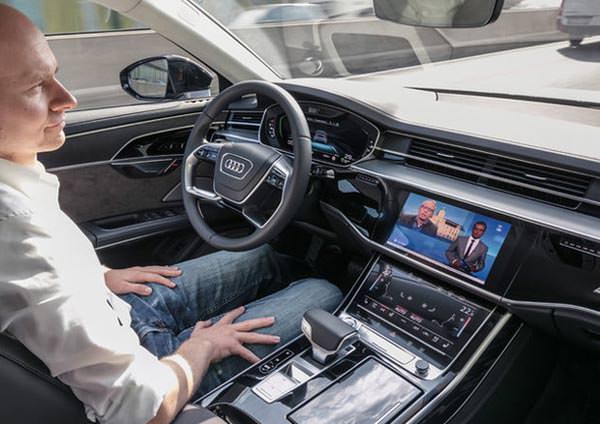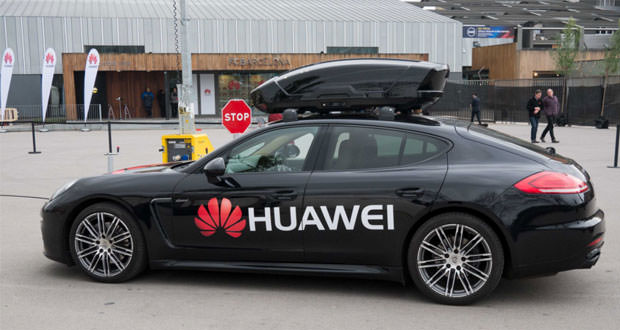Autonomous driving: Huawei’s car will bring the drunk driver directly to the police
The new technology for autonomous driving of cars could even not only recognize the places to go but avoid dangers during the abuse of alcohol for the driver.
Autonomous driving is undoubtedly one of the main aspects of the technological future, ready to evolve exponentially. The combination of intelligent technology and the automotive sector is at the center of today one of the most important developments we have ever witnessed. Many companies are developing technologies and algorithms able to allow users of the future to have cars more and more ready to drive even on their own.
The advantage of all this would allow not only to have the maximum control of the vehicle, even in the case of accidents, but above all, it would be useful when a particular driver should drive under the influence of alcohol or drugs. Here, in case of abnormal driving, the technology would avoid possible obstacles on the road.
 Huawei has presented a new patent on this new autonomous driving technology. A device to be attached to the car and able to control the driver’s alteration status due to excessive consumption of alcohol or other substances. In this case the instrument would evaluate if the subject is able to keep the command of the car and the situation and in case of alteration, the car would take the commands avoiding obstacles and even alerting the police ready to identify the drive and reach it.
Huawei has presented a new patent on this new autonomous driving technology. A device to be attached to the car and able to control the driver’s alteration status due to excessive consumption of alcohol or other substances. In this case the instrument would evaluate if the subject is able to keep the command of the car and the situation and in case of alteration, the car would take the commands avoiding obstacles and even alerting the police ready to identify the drive and reach it.
Through Artificial Intelligence, the sensors insidea the vehicle check, whether the person behind the wheel is in the right conditions to drive. Otherwise, it blocks the driver commands after analyzing a series of images cataloged in the database based on the various facial expressions.
Here in the case of drunk driver, the car could even decide to call the police, since even just the fact of being in the driving seat under the influence of alcohol can be a crime. In short, a valid ally of road safety to protect the life of the driver but also of other users.

